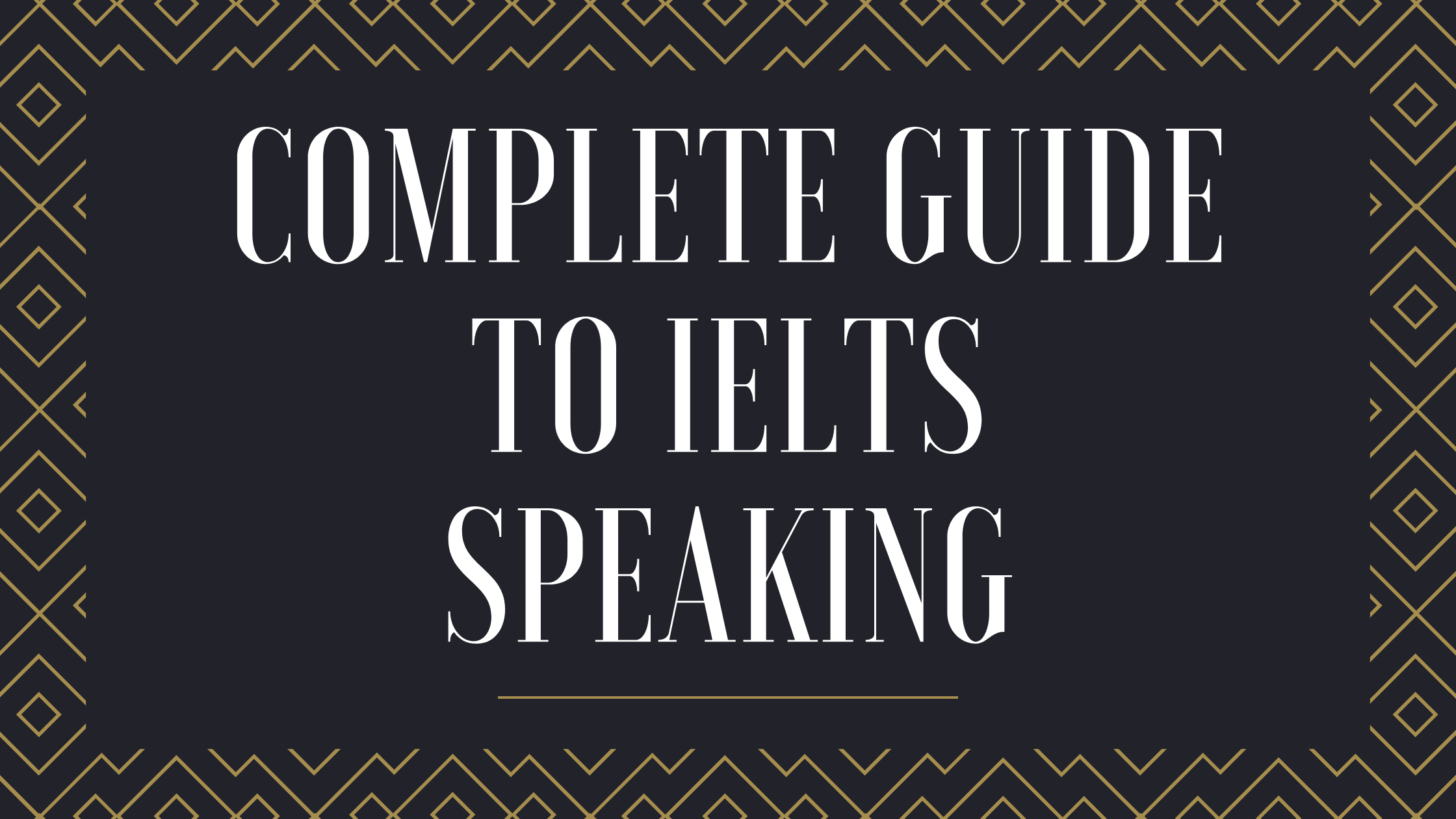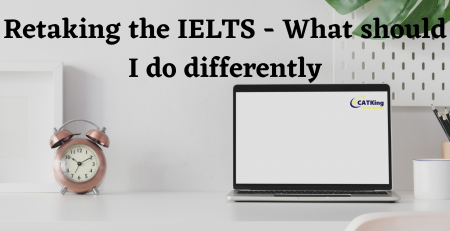Complete Guide to IELTS Speaking
Complete Guide to IELTS Speaking
IELTS Speaking: Introduction
The Speaking test is the shortest part of the IELTS exam, lasting only 11-15 minutes. However, for many test-takers this brief experience can seem to last an eternity! IELTS Speaking is a quick, but intense in-person interview. It requires focus, creativity, and strong English skills to think of responses to the interviewer’s questions quickly.
It is very important to relax and remain confident during the IELTS interview. Being alert but calm will help you do your best. How can you achieve this? The best thing you can do is study and prepare. Knowing what to expect on the IELTS Speaking exam, practicing a variety of strategies, and answering many, many practice questions will help you on exam day.
This Guide to IELTS speaking covers what you need to know about this short, but challenging part of the IELTS exam. We’ll start with basic (but important!) information to introduce you to IELTS Speaking and how it’s scored. The second half of the post focuses on each of the three main parts of the test, with tips and strategies to help you develop your approach.

IELTS Speaking: The Basics
IELTS uses either a test-booklet or computer format for its Reading, Writing, and Listening tests, all of which are completed together in one sitting. Speaking takes place separately. In most cases, Speaking interviews are scheduled on the same day as the booklet or computer test. However, sometimes the interview can be scheduled up to one week before or after you take the rest of the exam by booklet or computer. You will receive instructions about this when you register for the IELTS at your local test center.
When you take the Speaking test, you will enter a room where your examiner will be waiting to greet you. He or she will ask you to identify yourself, and your Speaking test will begin immediately after that.
The IELTS Speaking Test has three parts. We will look at each part in depth later in this post. For now, let’s just get familiar with each one.
IELTS Speaking Part 1: The Basics
Part 1 is like a personal interview. It lasts about 4-5 minutes. You will in introduce yourself and talk about IELTS Speaking topics related to your life and your experiences in response to the examiner’s questions. Think of this interaction as “small talk.” These are the kinds of questions you might exchange with someone you just met.
IELTS Speaking Part 2: The Basics
Part 2 is called the “long turn.” Here, you are given a question on a topic and some sub-points you must cover in your speech. You will have a minute to prepare a response, and your goal is to speak for about 2 minutes. The examiner may ask you some follow-up questions when you finish your short speech.
IELTS Speaking Part 3: The Basics
Finally, you’ll have a conversation on the same (or similar) issue you spoke about in Part 2. This will be a discussion, much like the first section of the exam (Part 1). However, the questions are more complicated because they require you to offer an opinion or some analysis. To illustrate, imagine your Part 2 topic is to describe a happy memory from your childhood. In Part 3, the examiner could ask you: “What are some important things a person should do in order to live a happy life?” Here, the theme of “happiness” connects both sections.
IELTS Speaking: Scoring
IELTS uses four scoring categories to assess your speaking skills. To help you understand the grading schema better, let’s take a look at each category.
Fluency & Coherence
Fluency and Coherence are measurements of a speaker’s ability to communicate logically, clearly, and without difficulty in English. For Fluency, a perfect Band score of 9 means the speaker doesn’t have to pause to recall words, or mentally review grammatical structures. The speaker can focus on the message she wishes to convey rather than the language needed to say it. Coherence is related to fluency but slightly different. It measures how well a speaker’s ideas make sense together. A high Band score indicates that a person can use a variety of cohesive features and discourse markers with ease in order to articulate ideas in a clear and logical way.
Lexical Resource
This scoring category measures vocabulary. You will be assessed on your ability to use words appropriately (in the right context) and accurately (with the correct meaning). IELTS Speaking rewards test-takers with large vocabularies.
The examiner will be listening carefully to assess whether or not you can use a wide variety of words and phrases (which is good), or whether you use the same language over and over again (which is bad). Related to this, you will also be assessed on whether or not you can accurately paraphrase the examiner’s questions fluently.
Grammatical Range
Your grammar will be assessed on the Speaking exam. You should try to use a wide range of grammatical constructions appropriately and accurately. Keep in mind that your grammatical range score is not simply about avoiding grammar mistakes. Limiting errors is important. However, you can only reach a very high band score if you can also demonstrate that you have mastered complex sentence structures, verb tenses, and other advanced grammatical features.
If your grammar skills are limited, or you have a lot of grammar mistakes when you speak, it is especially important that you record yourself when you answer practice questions. Listen for errors that you make regularly and think about how you can fix them. Get feedback on your grammar from a native English speaker if at all possible.
Pronunciation
IELTS Speaking also measures your pronunciation. Top Band scores only go to those test-takers whose pronunciation is “effortless” for a native English speaker to understand. Scores are reduced for mispronunciation, especially if pronunciation problems make it difficult to comprehend a speaker’s message.
Keep in mind that pronunciation involves more than just articulating individual words correctly. Many students have even larger pronunciation problems at the sentence level. These problems occur when a student doesn’t have a feel for native-like rhythm or intonation patterns. Unfortunately, there is no easy fix for most pronunciation issues. Generally, the best way to improve is to use your English in daily life.

If you can’t use English on a regular basis, then it can be helpful to listen to recordings of English speakers. Pause the recordings occasionally and attempt to pronounce entire sentences exactly the same way as the speaker. Try to copy the speaker’s tone (the rise or fall of the voice). Also try to copy how the speaker speeds up, slows down, and pauses throughout the sentence. Even try to mimic the speaker’s emotion! You may feel a little silly doing this exercise, but that is actually a sign you’re doing it correctly! Over time, you will develop your ear to hear the sounds of English and reproduce them more accurately.
Good luck with your IELTS preparation, and happy studying!
If you’re thinking about preparing for IELTS, read our blog post on IELTS Writing Section:
How to improve your IELTS Writing Skills














Leave a Reply
You must be logged in to post a comment.